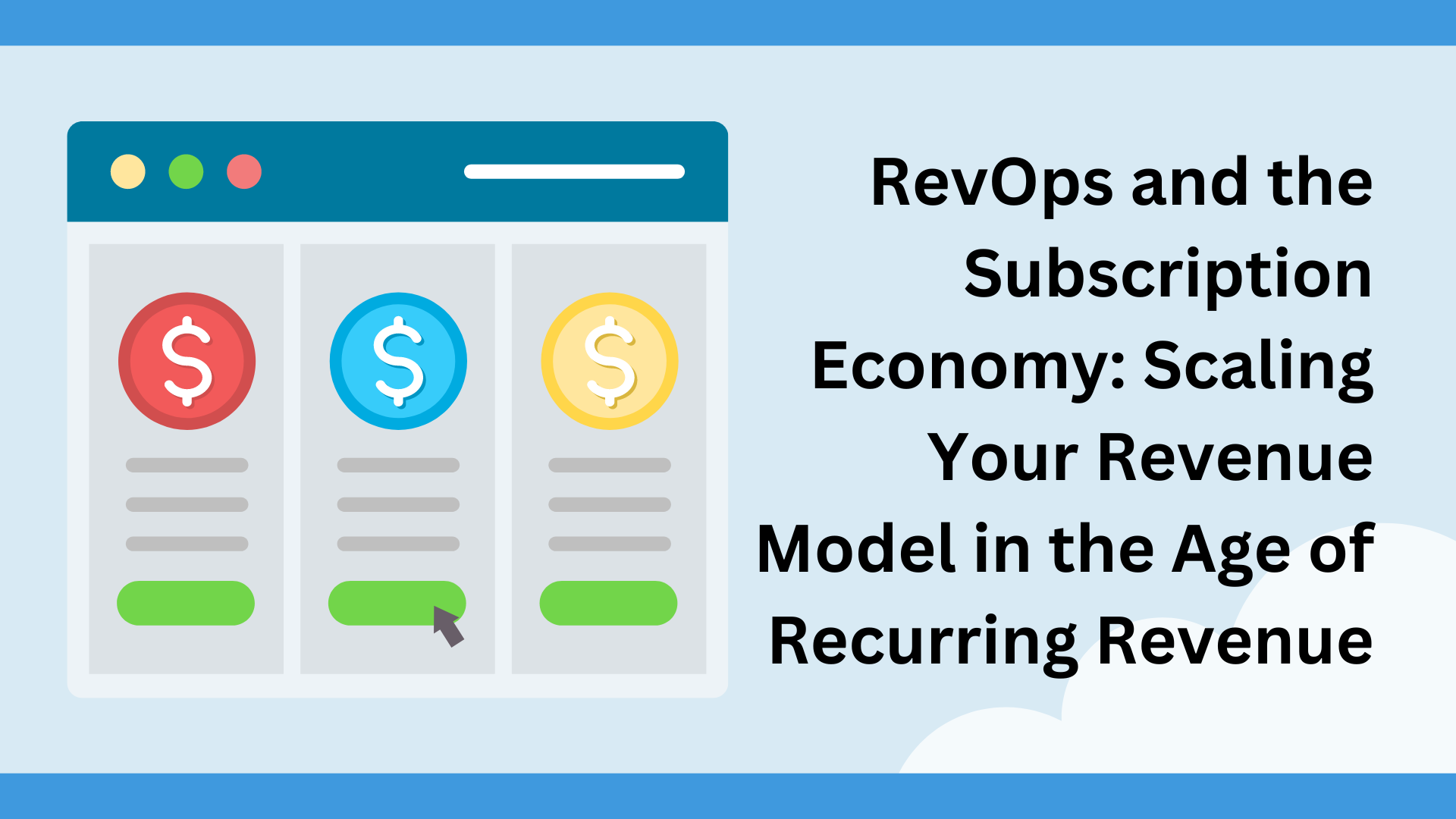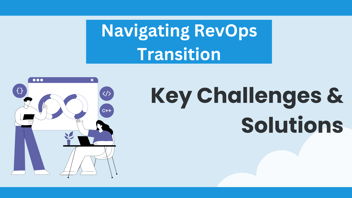No matter what shiny new tool you’re using or which business you’re working with, chances are you’re paying for some sort of subscription. The subscription-based framework has become more and more popular, and for good reason—it promises a steady revenue stream. But maintaining the momentum now requires more than just a great product. Enter the world of Revenue Operations (RevOps) – we’ve spoken about it before, but today we’ll run through how your business can thrive in the subscription (takeover) economy.
The Subscription Boom – Or Bubble
Whenever something blows up, we just add the word “boom,” right after it. Makes sense, right? Right now we’re living through the AI boom, and of course, the subscription boom. It’s been growing like crazy for over a decade. According to Zuora’s Subscription Economy Index, companies that transitioned to subscription models grew their revenue 5-9 times faster than the S&P 500 from 2012 to 2022. To add to this, Gartner predicted that by 2025, 75% of organizations selling D2C will offer a subscription service.
The numbers of the subscription economy are impressive; however, like with all good things come major challenges. While subscriptions promise steady, recurring revenue, businesses also face the complexities of managing customer relationships over the long term, navigating renewals, upselling opportunities, and reducing customer churn rates. This is where RevOps comes in to save the day – or the fiscal year – by bridging teams to fix up operations, reduce inefficiencies, and drive long-term customer value.
Why RevOps is Essential in the Subscription Economy
Holistic View of Revenue: Companies have always operated with siloed teams. This means that sales have always focused on new customers, while marketing worked on the lead generation, and customer success managed post-sale engagement. With the subscription economy in play now, companies must adopt a more integrated approach.
According to SiriusDecisions, B2B companies that implement RevOps see a 19% increase in sales productivity and a 15% boost to customer satisfaction.
Reducing Churn Rates: Customer retention is more important than acquisition, for the most part. 44% of companies cite customer churn is their biggest obstacle to growth (McKinsey & Company). Customer health can be monitored more effectively when you combine the focus of customer success teams, sales, and marketing. Overall, you’ll have an easier time identifying renewal risks early, and act faster to reduce churn. The outcome is a better retention rate and a more consistent recurring revenue.
Scalability and Efficiency: The issue with most challenges in the technical world is as your business grows, so do the challenges. We can never not have one without the other. It’s like the annoying little cousin that always tags along with the cool one. RevOps helps you to scale these operations by automating routine tasks, optimizing workflows, and ensuring your tech stack is set to benefit everyone across your team.
Some research from HubSpot indicates that companies implementing RevOps frameworks experience a 36% improvement in forecast accuracy, enabling them to make better decisions and allocate resources more effectively.
Takeaways
We can’t shake the subscription economy with how strong it is. It’s here to stay, and businesses must adapt their revenue models to thrive in the new world. RevOps helps with this by providing a comprehensive framework to align all departments of your team, optimizing revenue operations, and ensuring long-term customer satisfaction. With data-driven insights and a customer-centric approach, RevOps pushes your business beyond “just surviving.”
By embracing RevOps, companies can reduce churn, maximize customer lifetime value, and set the foundation for sustainable growth in an increasingly subscription-based world.





Leave a Comment